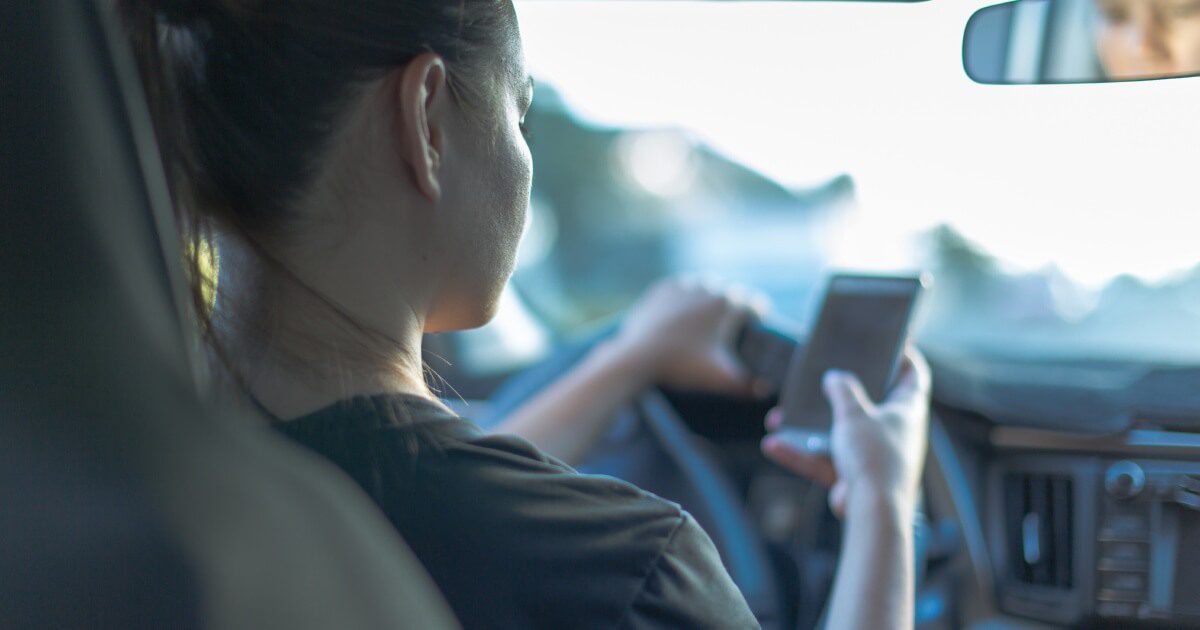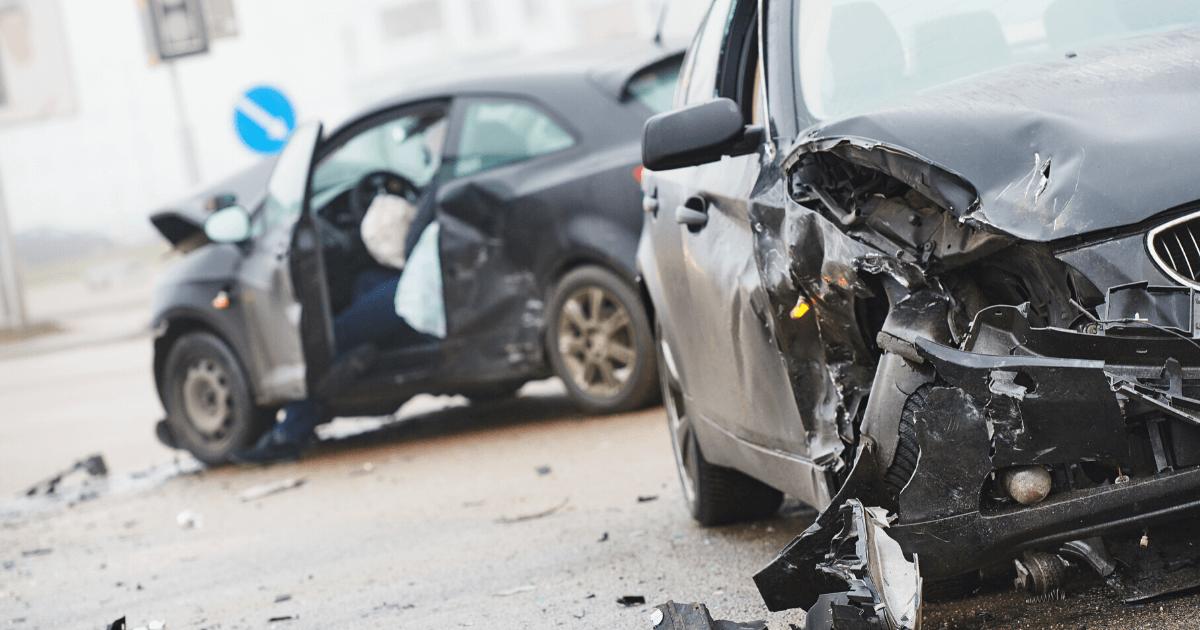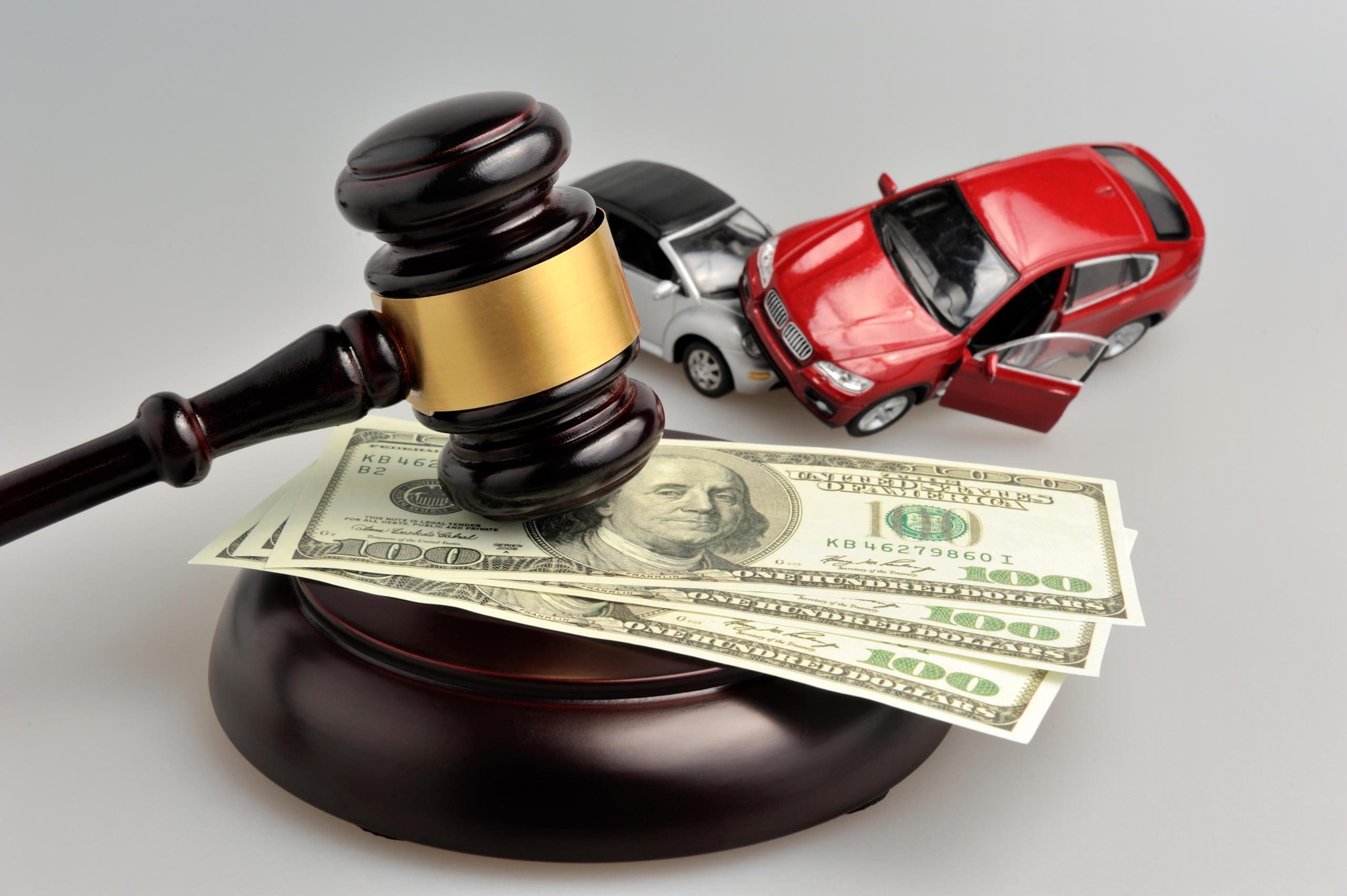Distracted Driving Facts: What are The Top 7 Driving Distractions?

Driving safely requires that motorists dedicate their focus to the task at hand. Unfortunately, driving distractions can pull a driver’s eyes and attention from the road, quickly resulting in collisions, injuries, and death.
By being aware of the seven most common causes of distracted driving, you are taking the first steps toward ensuring your concentration remains on the road when you’re behind the wheel. But first, let’s consider the types of distractions a driver can face.
The Three Types of Driver Distraction
Driving distractions can be broken down into three categories:
- Cognitive Distraction – a distraction that takes your focus off the road.
- Visual Distraction – a distraction that takes your eyes off the road.
- Manual Distraction – a distraction that takes your hand or hands off the wheel
It is also important to note that these three categories of driver distraction can overlap. Often, the source of a driver’s distraction may encompass multiple distraction types.
For example, texting requires that you remove at least one hand from the wheel, divert your eyes from the road, and focus your attention on the phone. As such, texting would be considered a manual distraction, a visual distraction, and a cognitive distraction.
It is easy to see how an act like texting can pose a significant risk to you and others on the road, but what about other, less talked-about distractions?
Sleep Deprivation and Driver Fatigue
Sleep deprivation is the most commonly overlooked form of distracted driving. This is because it does not involve a tangible object nor does it require a conscious decision from the driver. Add in the fact that occasional sleep deprivation is considered a relatively regular part of life, and we quickly forget the danger it can pose to drivers.
When a driver does not get enough sleep, their mental clarity, reaction time, and ability to make good judgments are all impaired. This means that sleep deprivation and fatigued driving is a cognitive distractions.
The cause of distracted driving occurs most often in the early morning and late at night.
Zoning Out
Even after a full night of restful sleep, you may find your mind wandering as you drive. From daydreaming to thinking about what you need to grab from the grocery store, zoning out is a common culprit for rear-end collisions and fender benders.
If you find yourself zoning out behind the wheel, remind yourself to focus on the task at hand. Whatever else is on your mind can wait.
Talking or Texting While Driving
This is the one we all know, but many of us choose to do it anyway.
As mentioned, texting while driving is a cognitive distraction, a visual distraction, and a manual distraction. However, talking on the phone, even with a hands-free device, can be just as dangerous. In fact, a study by the University of Utah found that talking on a cell phone, handheld or hands-free, is comparable to drunk driving in terms of impairment!
If you need to text or make a call while on the road, the only safe option is to find a safe place to park while you do so. It only takes a few moments and it may save you money, injuries, and even your life.
Passengers Are a Driver Distraction
Yes, even your passengers can be a distraction. Rather you are chatting with your friend or trying to address a sudden barrage of questions from your kid, you are taking your mind (and sometimes your eyes) off the road.
While nobody expects you to travel in complete silence, be sure you are not getting so caught up in conversation that you are giving more attention to what’s happening inside your vehicle than on the road around you.
Adjusting Radio, GPS, and Other Controls While Driving
Similar to texting, adjusting in-vehicle controls like the radio, GPS, or even your air conditioning is a cognitive, visual, and manual distraction. It is always recommended that you set in-vehicle controls prior to starting a trip. If you do need to make adjustments, do so while the vehicle is stopped.
Eating or Drinking While Driving
Eating and drinking are major distractions for drivers and become extremely common on longer trips. Like other distractions, eating and drinking require you to take your hands, eyes, and attention off the road.
If you feel that you need a snack on a road trip, find a place to stop and rest. After all, experts recommend you take a short break after about two hours of driving. This is also a great opportunity to stretch your legs, use the restroom, and alleviate a bit of stress.
Reaching for Something or Moving Objects
Reaching from an item often requires you to turn your head, and longer reaches may result in inadvertent turns and veering. If you need something, consider if you need it right away or if it can wait until later. If necessary, find a place where you can stop and retrieve the item.
Finally, do not keep loose objects in your vehicle. Not only can these be a distraction, but loose items can also become projectiles in the event of a crash leading to injuries.
Hit by a Distracted Driving? Call Thomas J. Henry Law
If you or a loved one have been involved in an accident caused by a distracted driver, call Thomas J. Henry Law immediately.
Our law firm has represented car accident victims across the United States. We know how to demonstrate driver distraction occurred and how to gather the evidence necessary to prove your claim. By working with industry experts, our law firm has helped to show jurors the dangers of distracted driving – helping our clients secure the compensation they deserve.
Do not wait. Our San Antonio car accident attorneys are standing by 24/7, nights and weekends.
Blog












